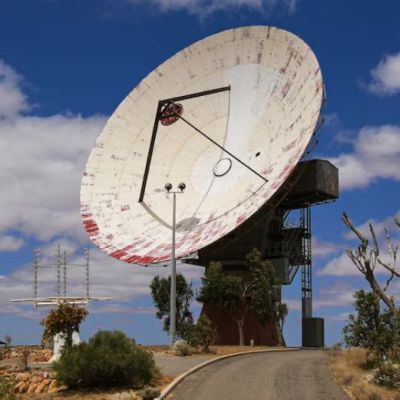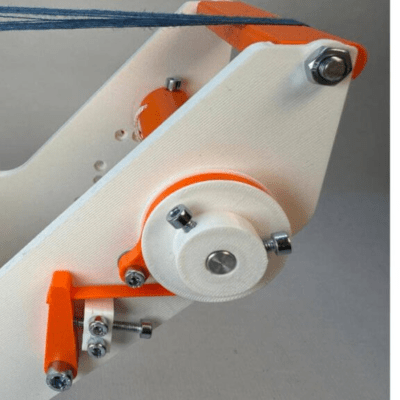
Recently the 29.8 meter parabolic antenna at the Australian OTC (overseas telecommunications commission) station came back to life again after nearly forty years spent in decommissioning limbo.
This parabolic dish antenna shares an illustrious history together with the older 12.8 meter Casshorn antenna in that together they assisted with many NASA missions over the decades. These not only include the Apollo 11 Moon landing with the small antenna, but joined by the larger parabolic dish (in 1969) the station performed tracking duty for NASA, ESA and many other missions. Yet in 1987 the station was decommissioned, with scrapping mostly averted due to the site being designated a heritage site, with a local museum.
Then in 2022 the 29.8 meter parabolic dish antenna was purchased by by ThothX Australia, who together with the rest of ThothX’s world-wide presence will be integrating this latest addition into a satellite tracking system that seems to have the interest of various (military, sigh) clients.
Putting this decommissioned dish back into service wasn’t simply a matter of flipping a few switches. Having sat mostly neglected for decades it requires extensive refurbishing, but this most recent milestone demonstrates that the dish is capable of locking onto a satellites. This opens the way for a top-to-bottom refurbishment, the installation of new equipment and also a lick of paint on the dish itself, a process that will still take many years but beats watching such a historic landmark rust away by many lightyears.
Featured image: OTC Earth Station. (Credit: Paul Dench)



















